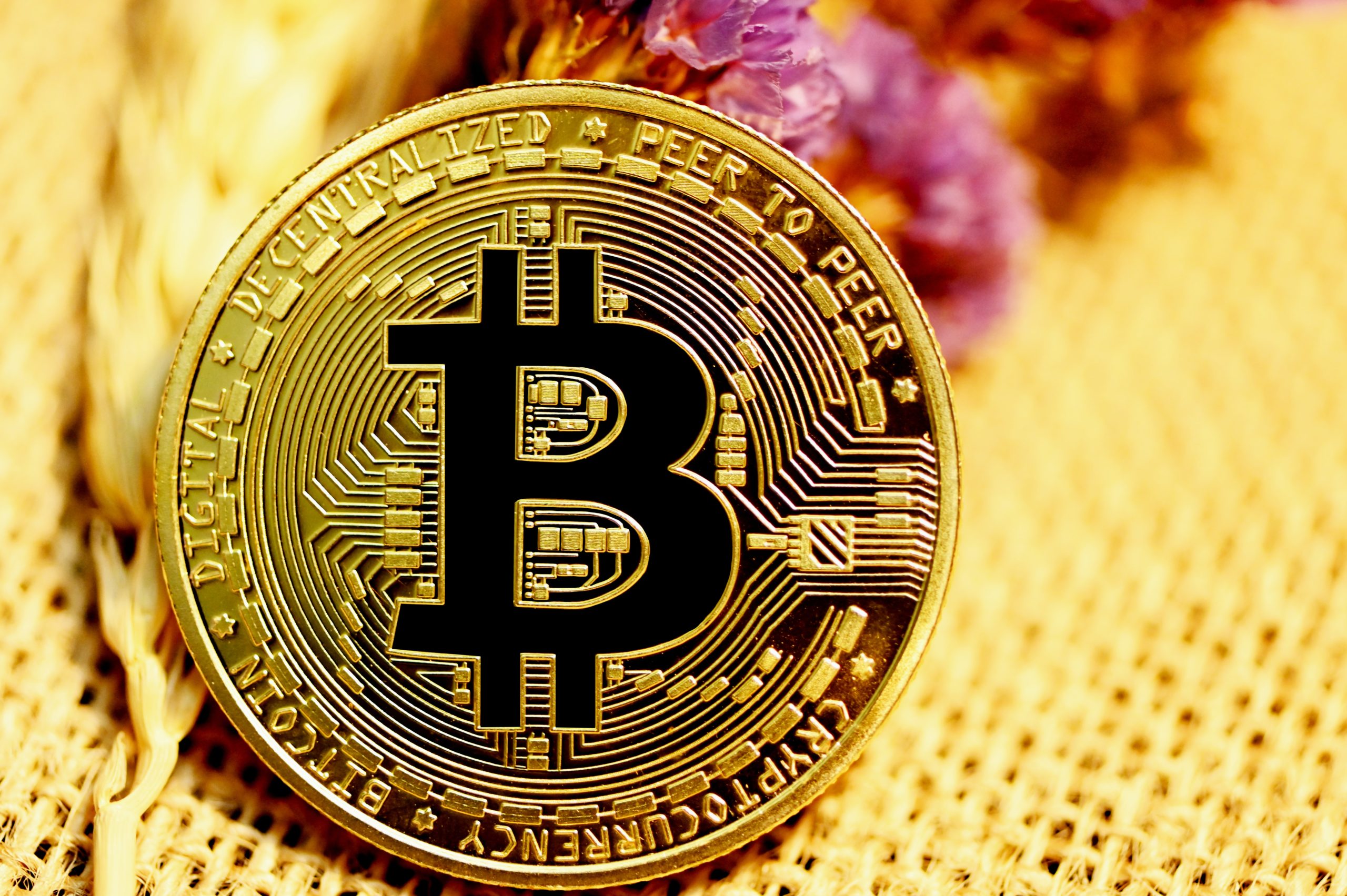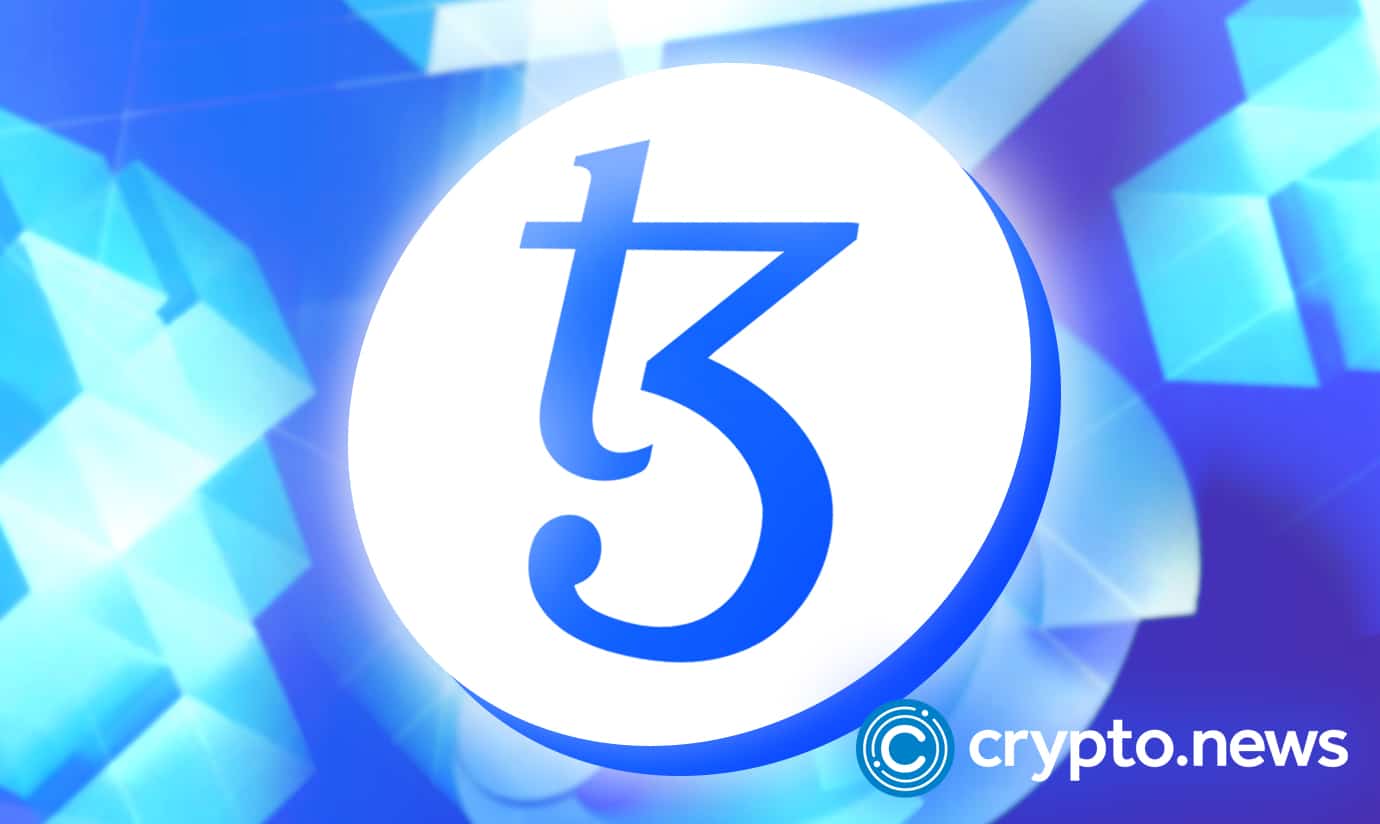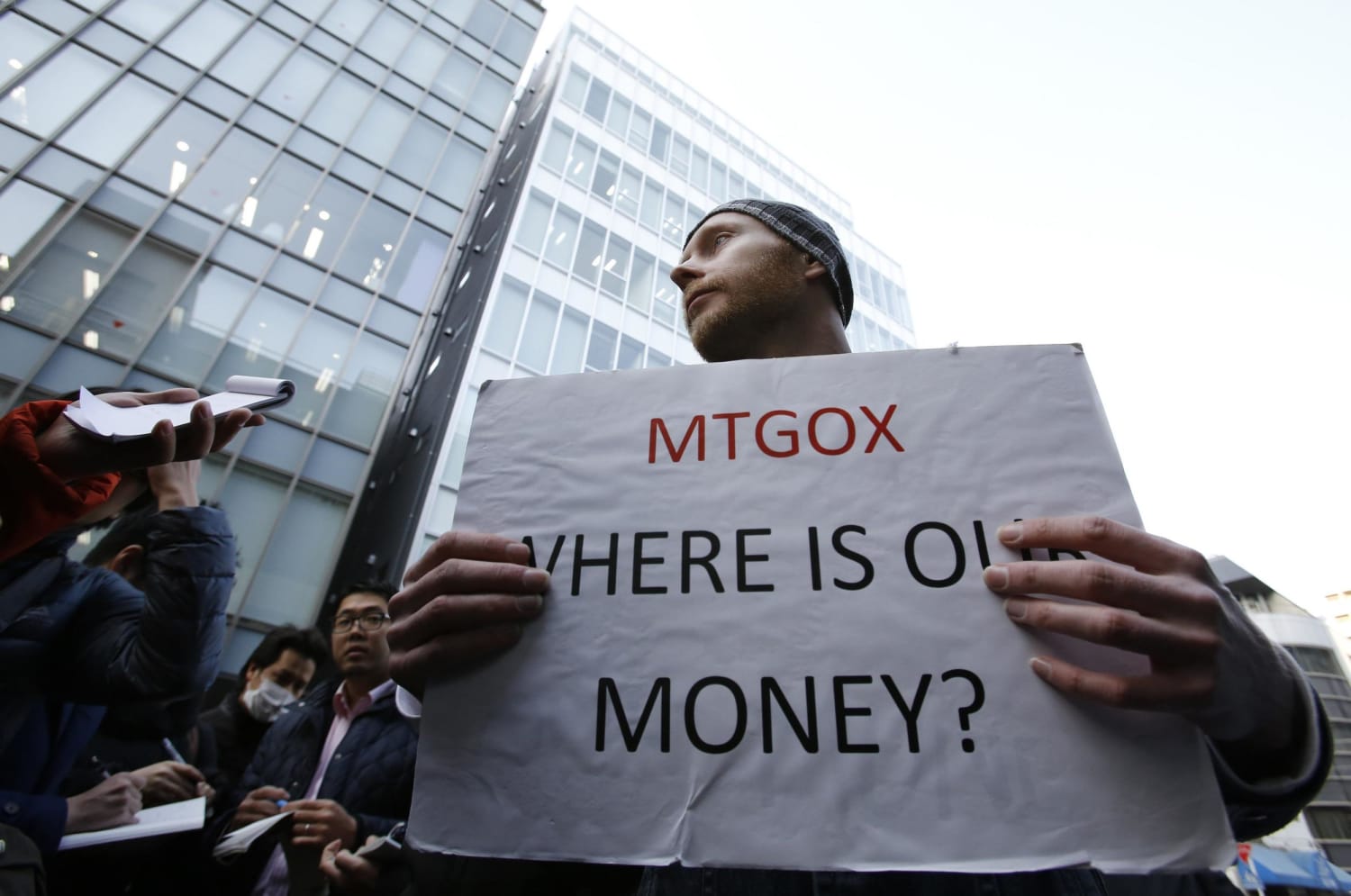The Federal Reserve may have to keep rate hikes going for longer than previously expected.
Jerome Powell – Chairman of the Federal Reserve – recently spoke about the future of macroeconomic policy and U.S. inflation at the Brooking Institution.
As is typical, Bitcoin’s price was affected by his comments, rising by 1% just as his speech began.
As of 18:13 UDT on Wednesday, Bitcoin traded for $16,780.
The price then shot up to $16,850 at 18:30, when he began to speak. By 18:40, the leading crypto asset traded for $16,960.
Over the past 3 months, the Federal Reserve has raised its benchmark interest rate in intervals of 75 basis points at a time. The current rate, according to Federal Reserve data, is 3.83%.
Before the speech, Powell was expected to reinforce his message supporting continued interest rate hikes, which would slow to 50 basis points starting in December. On Wednesday, his message was even more hawkish:
“We anticipate that ongoing increases will be appropriate,” he stated. “It seems to me likely that the ultimate level of rates will need to be somewhat higher than thought at the time of the September meeting, and the summer of economic projections.”
Powell noted that the path forward for inflation remains “highly uncertain,” and that there would be “more ground to cover” in this regard.
CPI inflation clocked in at 7.7% as of October, beating economists’ expectations at the time.



















:format(webp)/cloudfront-us-east-1.images.arcpublishing.com/coindesk/W3R54NYJCNDPZJYRR56ZGFFBWY.jpg)